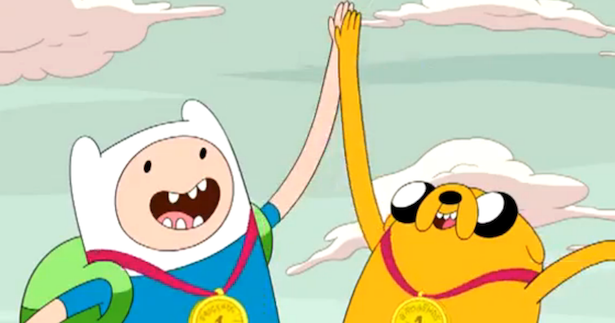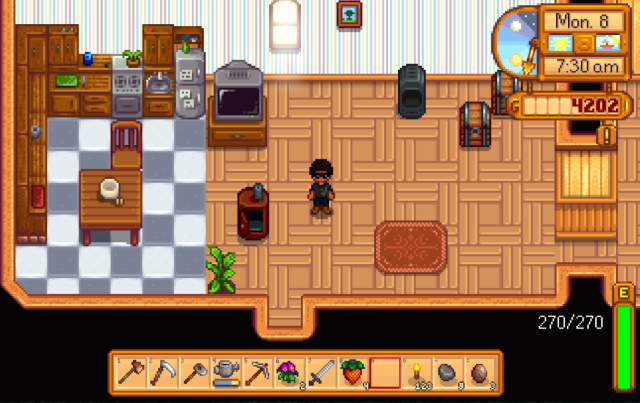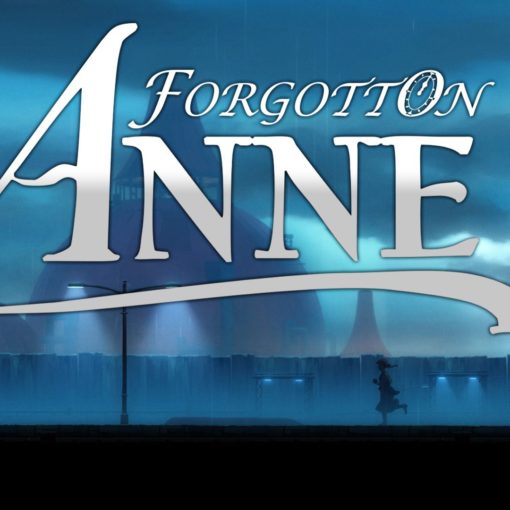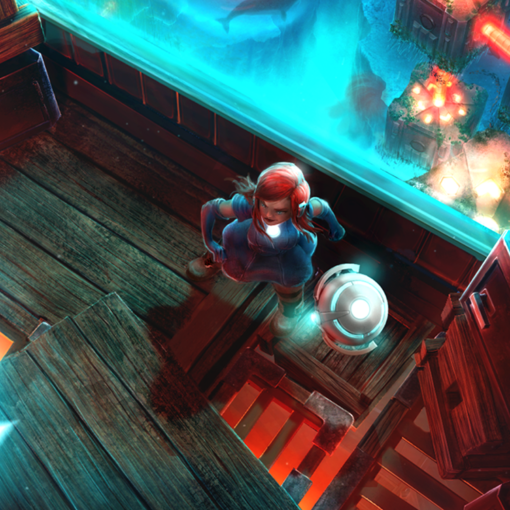I admit it, sometimes I feel like I’m being a little bit hard on Nintendo and of the various studios they direct and/or publish for when I critique the way they present gender in their games. After all, in comparison to some of the other big name game studios, they tend to be one of the least problematic around. For instance, their video games are more likely than most to allow you to be able to choose which gender you want to play as. When a big cast of playable characters are present, they tend to have a more balanced (although typically still not equally divided/portioned) gender ratio than other games of the same nature. They genuinely seem to have improved over the years in terms of gender representation. Furthermore, the games themselves tend to not have nearly as many problematic elements as other AAA titles, although a point could be made that that’s due to their games’ subject matter and target audience. But as I delve more and more into some of Nintendo’s more recently published titles and turn a critical eye towards them, I can’t help but think that Nintendo has a tendency to approach gender with a very traditional, confining perspective that doesn’t belong in their games that are all too often about fantasy and whimsicality.
Two weeks ago I discussed how Level-5’s recently released RPG Fantasy Life had disappointed me with how strictly its character classes stuck to traditional gender conventions. The “Masters” of these classes (which are called Lives in the game) are almost always the gender that would traditionally be associated with that craft or job. For instance, the Tailoring Master is an elderly, delicate, grandma-type character while the Blacksmith, Mercenary, and Woodcutting Masters, among others, are all male. The game itself does not pressure your character into a Life based on the gender you choose to play as, but having Masters that, with one exception, follow Lives that their gender is “supposed” to follow does little to promote the game’s theme that you have to freedom to be whatever you want to be. How could Nintendo think that this was anywhere in line with the message they were trying to convey with Fantasy Life?
This disappointing feature kept bugging me, but I continued to play nevertheless. In my quest for game completion, I began to move from Life to Life in an attempt to see everything the game has to offer and savor in the joy I receive from maximizing my stats and levels. Eventually I arrived to the Tailor profession, which thrust me in the world of Reverian fashion. As I furiously sewed together pattern after pattern in order to improve my sewing skill, I noticed that for every outfit “theme,” there were two separate outfits: one for male characters and one for female. The female option was generally a blouse and top, while the male option was a shirt and pants. While I, as a female Tailor, could make both outfits, I could only equip the female option. I couldn’t have my character wear pants if I wanted; the outfits were gender exclusive.
As I grew disappointed over the fact that Fantasy Life was restricting my clothing options based on my character’s gender, I couldn’t help but find the situation oddly reminiscent of a moment I’d had in Animal Crossing: New Leaf. In the clothing store in New Leaf, some pieces of clothing are part of a “Men’s Collection” or “Women’s Collection.” Although I, as a female Mayor, could wear clothing from either collection, the response I’d get from the shop clerk seemed to discourage it. I’d choose an item from their “Men’s Collection” and the shopkeeper would make a note that the item was actually part of their “Men’s Collection” but that she “guessed” it’d be okay for my character to wear it anyway. And the items in these collections fell prey to traditional gender roles as well – ribbons and the like were part of their “Women’s Collection” and things like a race car helmet and pilot’s cap were part of the “Men’s Collection.”
When I think of Nintendo, I think of whimsy. I think of an extra element of fun, freedom, and imagination that is uniquely theirs. Being told what my character can and can’t wear because of the gender I chose to play as does not mesh with that image. It’s a shame too, because how hard would it be to make universal clothing and let players decide how they want to customize their character? Or have a female Woodcutting Master and a male Tailoring Master? Gender-restricted clothing and stereotypical mentors are two subtle but persistent ways traditional gender norms continue to manifest in Nintendo’s published games that proves that even Nintendo, an advocate of out-of-the-box play, is not free from these ingrained definitions of how gender must be represented.





2 thoughts on “Nintendo’s Gender Problem”
Great read! As a male gamer I’ve never really thought about it. Thanks Sarah.
In recent years I’ve started thinking about how backhanded their whole “family oriented” policy is. What they’re explicitly saying is a family operates as a unit with a heterosexual man, woman and a couple kids. When they defended things like Tomodachi life with the whole “but we’re for families!” thing they were basically saying that unless your sexuality/gender lines up with how their games represent them, you aren’t part of or caretaker for any kind of family. You’re something else. I’m not sure how this branding does come of as “we make games for cis-heterosexual families only” to them. This seems like a fairly obvious and crystal clear message they’re sending.